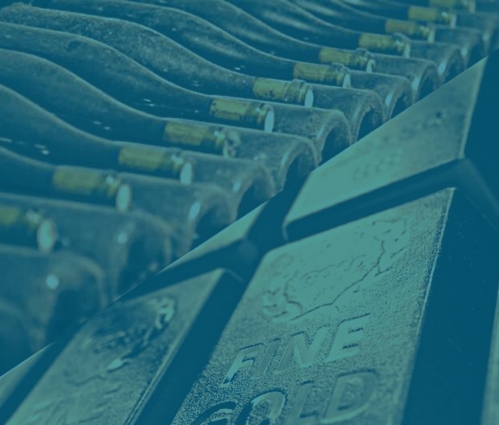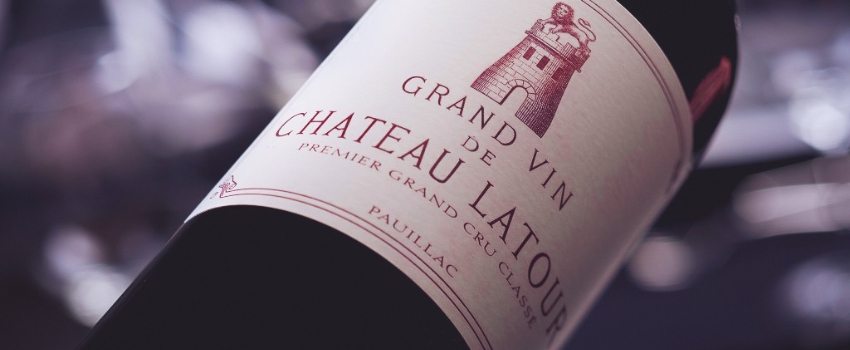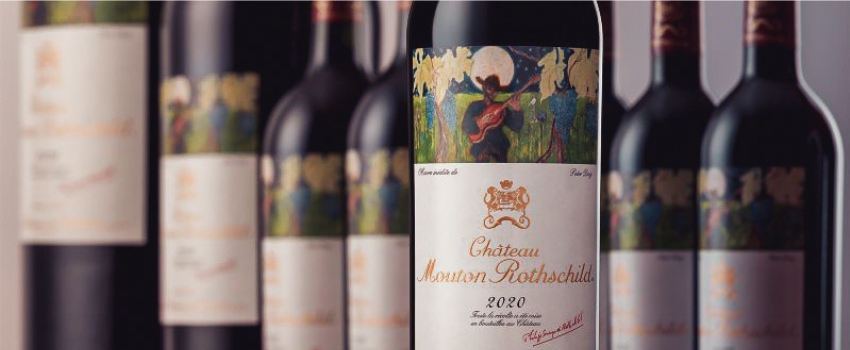For more than 6,000 years gold has been revered and collected by people hoping to store, preserve and even grow their wealth. But in recent times, the stability of gold has been called into question. Prices have been on almost as much of a journey as the stock markets. Whether it’s because Central Banks are buying record amounts of the precious metal, or because investors are trading emotionally, the asset is no longer such a dependable source of alternative value.
In this article, we’re taking a closer look at gold’s investment performance over the past year, and how it compares to fine wine.
Gold is becoming more volatile
Investors have been on a tumultuous journey. Over the past year, the price of gold plummeted by -21% between March and October[1]. Then it rose again by +15% from November through to January. At the time of writing (January 2023), one ounce of gold costs $1,868[2], but economists are already predicting further movements ahead.
Performance of gold over the past twelve months
Over 2023, a range of factors is likely to influence the price of gold. The mild global recessions, geopolitical uncertainties and continued high inflation levels will probably increase its value. But on the other hand, pressure on commodities and the gradual easing of inflation could bring the prices down. Over the next year, it’s unlikely that prices will remain stable.
Gold is becoming increasingly correlated to the stock market
As gold usually rallies in a recession and falls during periods of prosperity, investors have traditionally added this to portfolios as a hedge. When the stock markets are down, they look to their gold investments to buffer some of the losses. However, over the past few years, something strange has happened. Instead of gold going up when the markets go down, the two are starting to correlate.
Fine wine delivered returns that were uncorrelated to the market
By contrast, over the past year fine wine have exhibited the very characteristics that investors usually look for in gold. Performance has been stable, steady and – best of all – uncorrelated to the stock market. The graph below shows the comparison of fine wine (green), gold (red) and the S&P 500 performance over the past year.
Unlike gold, the fine wine index (Liv-ex 1000) didn’t demonstrate any periods of correlation with the wider stock market during 2022. Overall, wine steadily trended upwards, slightly increasing when the wider markets plummeted and slightly dipping when the wider markets soared. This makes fine wine an exceptionally stable diversifier for investors. Not only did it hedge portfolios over 2023, but it also helped to smooth out overall volatility.
If you’d like to analyse the performance of fine wine, you can find the prices for regions, bottles, wines and more on Wine Track.
Is fine wine the new gold?
While it may not be exactly true that fine wine is the “new gold”, over the past year this asset class has been significantly more stable and less correlated to the wider market. It’s provided investors with a more calm and smooth positive performance than gold, throughout the economic storm.
Like gold or property, fine wine has intrinsic value and compelling inflation-resistance. As a tangible asset, it will almost always be worth something – unlike stocks, bonds or cash which could crash. But different from gold, the kind of buyers who invest in fine wine are not cut from the same cloth as stock market investors.
Fine wine is generally bought and sold in exclusive private markets, far away from public trading forums. The asset is also usually purchased and treasured by passion investors, who tend to hold it for decades. By contrast, more people seem to be “flipping” gold and property, which ramps-up volatility.
So, is fine wine the new gold? Not really… If you’re looking for stability, alternative returns, and uncorrelated market value, we think it’s superior.





